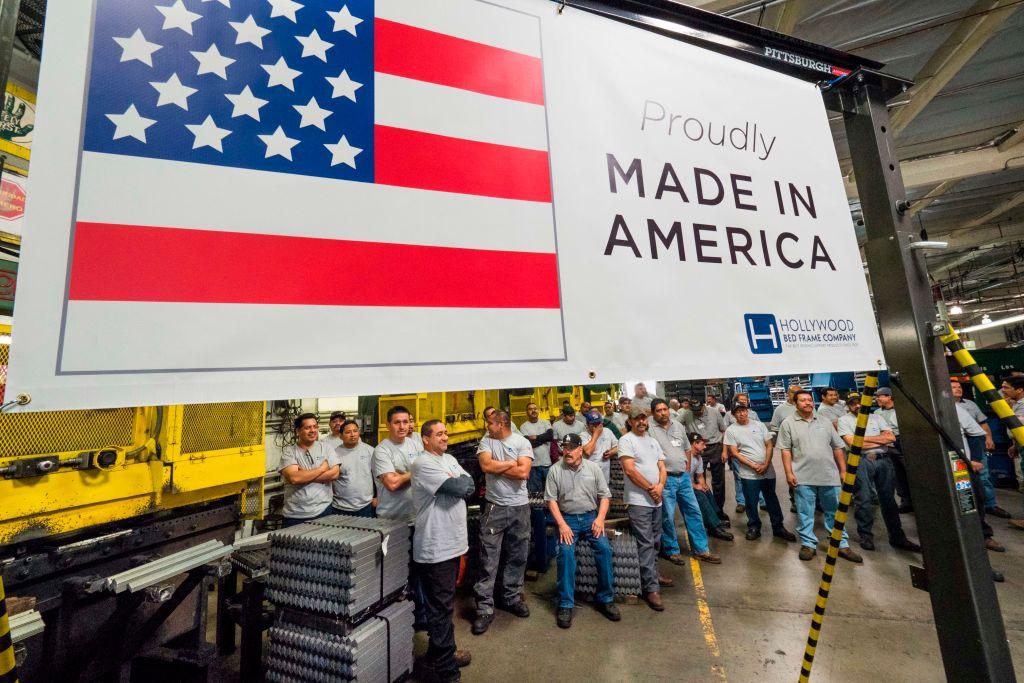The number of jobs added in the United States from reshoring—that is, returning manufacturing and production of goods from overseas to where a firm was originally located—is on pace to hit almost 350,000 in 2022, according to a report published by the Reshoring Initiative.
“In 2021, the private and federal push for domestic supply of essential goods propelled reshoring and foreign direct investment (FDI) job announcements to a record high,” the report, published on Aug. 26, states. “Reshoring Initiative first-half 2022 data show reshoring and FDI continuing these gains. The current 2022 projection of jobs announced is around 350,000—another record, up from 260,000 in 2021.”





